President Donald Trump’s idea of a “Golden Dome” missile defense system carries a range of potential strategic dangers for the United States.
Golden Dome is meant to protect the U.S. from ballistic, cruise and hypersonic missiles, and missiles launched from space. Trump has called for the missile defense to be fully operational before the end of his term in three years.
Trump’s goals for Golden Dome are likely beyond reach. A wide range of studies makes clear that even defenses far more limited than what Trump envisions would be far more expensive and less effective than Trump expects, especially against enemy missiles equipped with modern countermeasures. Countermeasures include multiple warheads per missile, decoy warheads and warheads that can maneuver or are difficult to track, among others.
Regardless of Golden Dome’s feasibility, there is a long history of scholarship about strategic missile defenses, and the weight of evidence points to the defenses making their host country less safe from nuclear attack.
I’m a national security and foreign policy professor at Harvard University, where I lead “Managing the Atom,” the university’s main research group on nuclear weapons and nuclear energy policies. For decades, I’ve been participating in dialogues with Russian and Chinese nuclear experts – and their fears about U.S. missile defenses have been a consistent theme throughout.
Russian President Vladmir Putin and Chinese leader Xi Jinping have already warned that Golden Dome is destabilizing. Along with U.S. offensive capabilities, Golden Dome poses a threat of “directly undermining global strategic stability, spurring an arms race and increasing conflict potential both among nuclear-weapon states and in the international arena as a whole,” a joint statement from China and Russia said. While that is a propaganda statement, it reflects real concerns broadly held in both countries.
History lessons
Experience going back half a century makes clear that if the administration pursues Golden Dome, it is likely to provoke even larger arms buildups, derail already-dim prospects for any negotiated nuclear arms restraint, and perhaps even increase the chances of nuclear war.
My first book, 35 years ago, made the case that it would be in the U.S. national security interest to remain within the 1972 Anti-Ballistic Missile Treaty, which strictly limited U.S. and Soviet – and later Russian – missile defenses. The United States and the Soviet Union negotiated the ABM Treaty as part of SALT I, the first agreements limiting the nuclear arms race. It was approved in the Senate 98-2.
The ABM Treaty experience is instructive for the implications of Golden Dome today.
Why did the two countries agree to limit defenses? First and foremost, because they understood that unless each side’s defenses were limited, they would not be able to stop an offensive nuclear arms race. If each side wants to maintain the ability to retaliate if the other attacks – “don’t nuke me, or I’ll nuke you” – then an obvious answer to one side building up more defenses is for the other to build up more nuclear warheads.
For example, in the 1960s and 1970s, the Soviets installed 100 interceptors to defend Moscow – so the United States targeted still more warheads on Moscow to overwhelm the defense. Had it ever come to a nuclear war, Moscow would have been even more thoroughly obliterated than if there had been no defense at all. Both sides came to realize that unlimited missile defenses would just mean more offense on both sides, leaving both less secure than before.
In addition, nations viewed an adversary’s shield as going hand in hand with a nuclear sword. A nuclear first strike might destroy a major part of a country’s nuclear forces. Missile defenses would inevitably be more effective against the reduced, disorganized retaliation that they knew would be coming than they would be against a massive, well-planned surprise attack. That potential advantage to whoever struck first could make nuclear crises even more dangerous.
Post-ABM Treaty world
Unfortunately, President George W. Bush pulled the United States out of the ABM Treaty in 2002, seeking to free U.S. development of defenses against potential missile attacks from small states such as North Korea. But even now, decades later, the U.S. has fewer missile interceptors deployed (44) than the treaty permitted (100).
The U.S. pullout did not lead to an immediate arms buildup or the end of nuclear arms control. But Putin has complained bitterly about U.S. missile defenses and the U.S. refusal to accept any limitation at all on them. He views the U.S. stance as an effort to achieve military superiority by negating Russia’s nuclear deterrent.
Russia is investing heavily in new types of strategic nuclear weapons intended to avoid U.S. missile defenses, from an intercontinental nuclear torpedo to a missile that can go around the world and attack from the south, while U.S. defenses are mainly pointed north toward Russia.
Russian Defense Ministry Press Service via APPEAR
Similarly, much of China’s nuclear buildup appears to be driven by wanting a reliable nuclear deterrent in the face of the United States’ capability to strike its nuclear forces and use missile defenses to mop up the remainder. Indeed, China was so angered by South Korea’s deployment of U.S.-provided regional defenses – which they saw as aiding the U.S. ability to intercept their missiles – that they imposed stiff sanctions on South Korea.
Fuel to the fire
Now, Trump wants to go much further, with a defense “forever ending the missile threat to the American homeland,” with a success rate “very close to 100%.” I believe that this effort is highly likely to lead to still larger nuclear buildups in Russia and China. The Putin-Xi joint statement pledges to “counter” defenses “aimed at achieving military superiority.”
Given the ease of developing countermeasures that are extraordinarily difficult for defenses to overcome, odds are the resulting offense-defense competition will leave the United States worse off than before – and a good bit poorer.
Putin and Xi made clear that they are particularly concerned about the thousands of space-based interceptors Trump envisions. These interceptors are designed to hit missiles while their rockets are still burning during launch.
Most countries are likely to oppose the idea of deploying huge numbers of weapons in space – and these interceptors would be both expensive and vulnerable. China and Russia could focus on further developing anti-satellite weapons to blow a hole in the defense, increasing the risk of space war.
Already, there is a real danger that the whole effort of negotiated limits to temper nuclear arms racing may be coming to an end. The last remaining treaty limiting U.S. and Russian nuclear forces, the New START Treaty, expires in February 2026. China’s rapid nuclear buildup is making many defense officials and experts in Washington call for a U.S. buildup in response.
Intense hostility all around means that for now, neither Russia nor China is even willing to sit down to discuss nuclear restraints, in treaty form or otherwise.
A way forward
In my view, adding Golden Dome to this combustible mix would likely end any prospect of avoiding a future of unrestrained and unpredictable nuclear arms competition. But paths away from these dangers are available.
It would be quite plausible to design defenses that would provide some protection against attacks from a handful of missiles from North Korea or others that would not seriously threaten Russian or Chinese deterrent forces – and design restraints that would allow all parties to plan their offensive forces knowing what missile defenses they would be facing in the years to come.
I believe that Trump should temper his Golden Dome ambitions to achieve his other dream – of negotiating a deal to reduce nuclear dangers.

The post “An arms control expert explains how Trump’s missile defense threatens to make the US less safe” by Matthew Bunn, Professor of the Practice of Energy, National Security, and Foreign Policy, Harvard Kennedy School was published on 06/06/2025 by theconversation.com



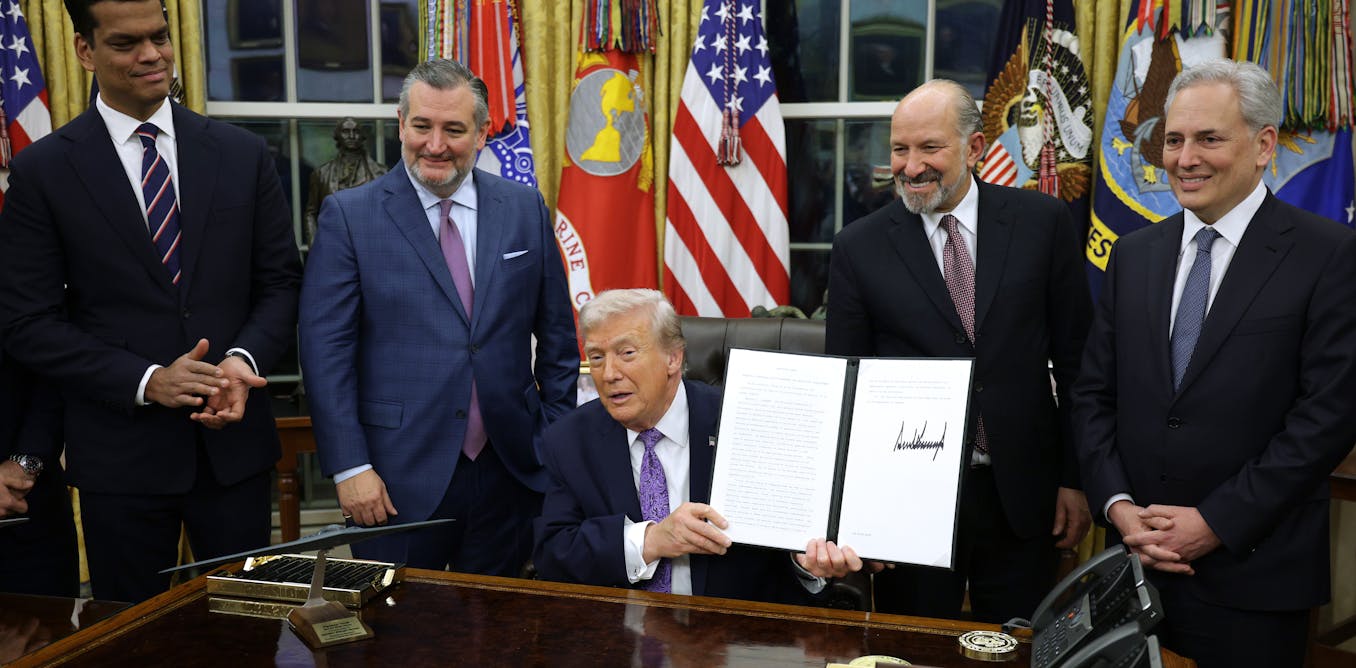

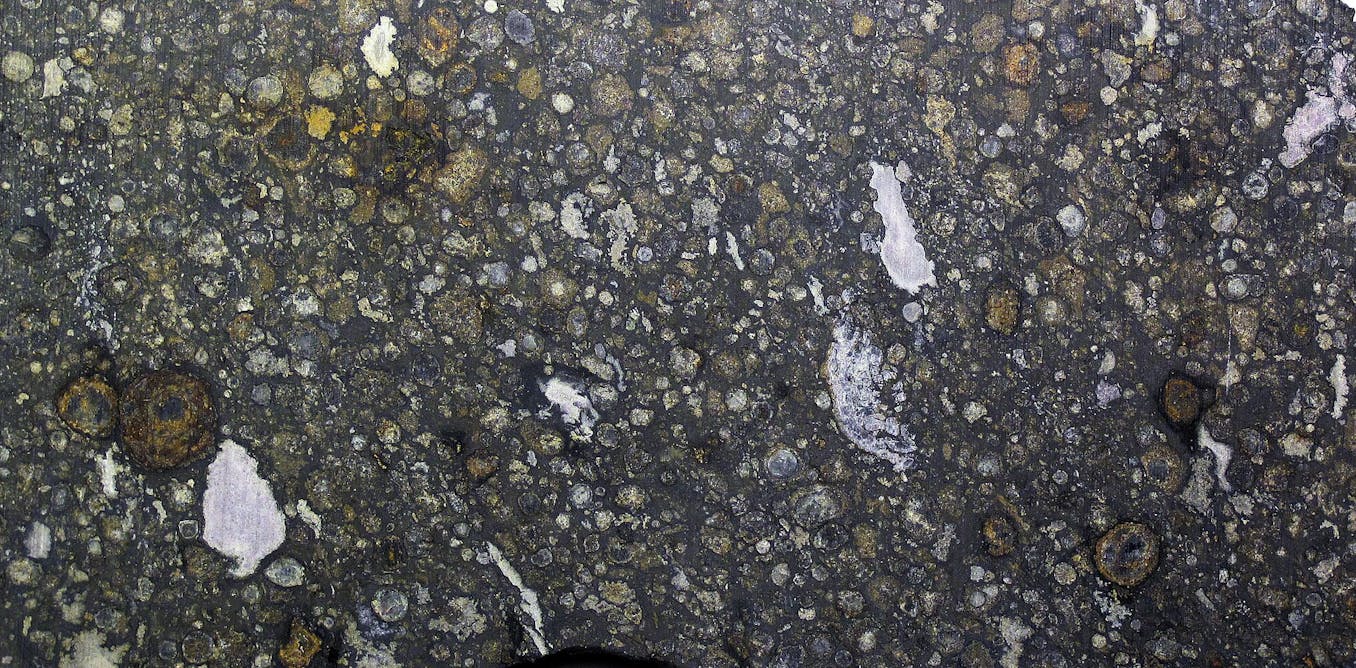





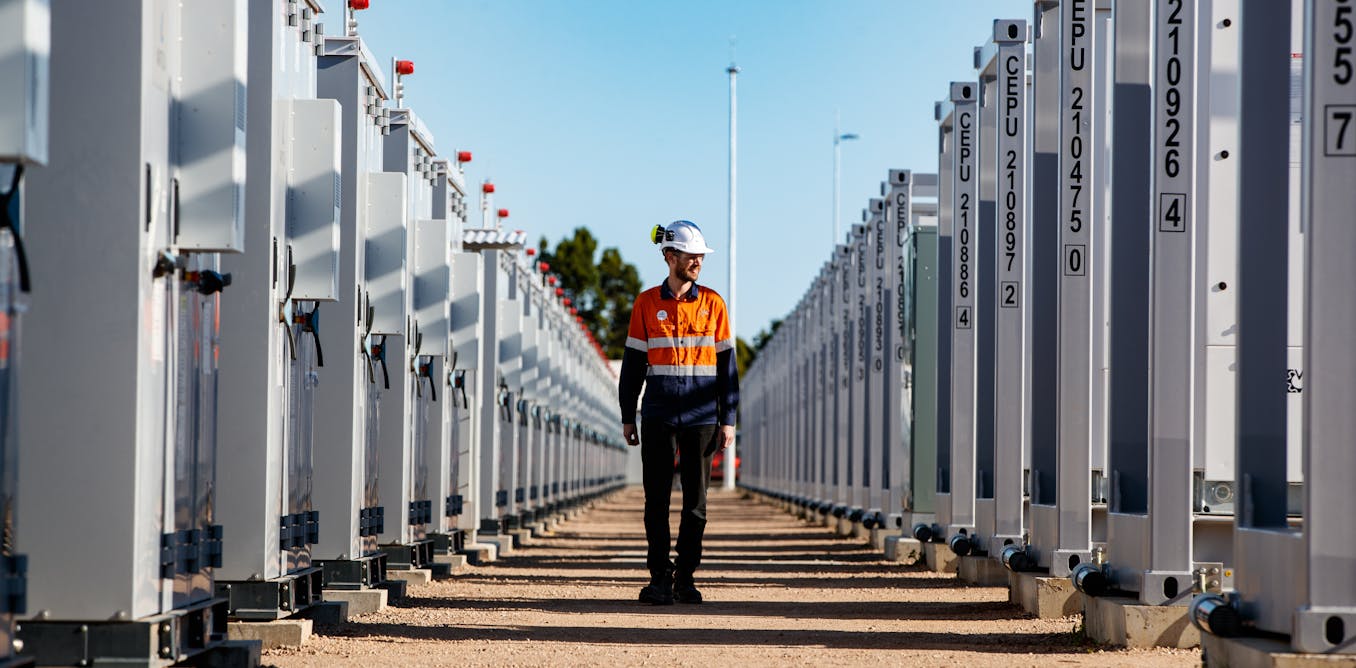
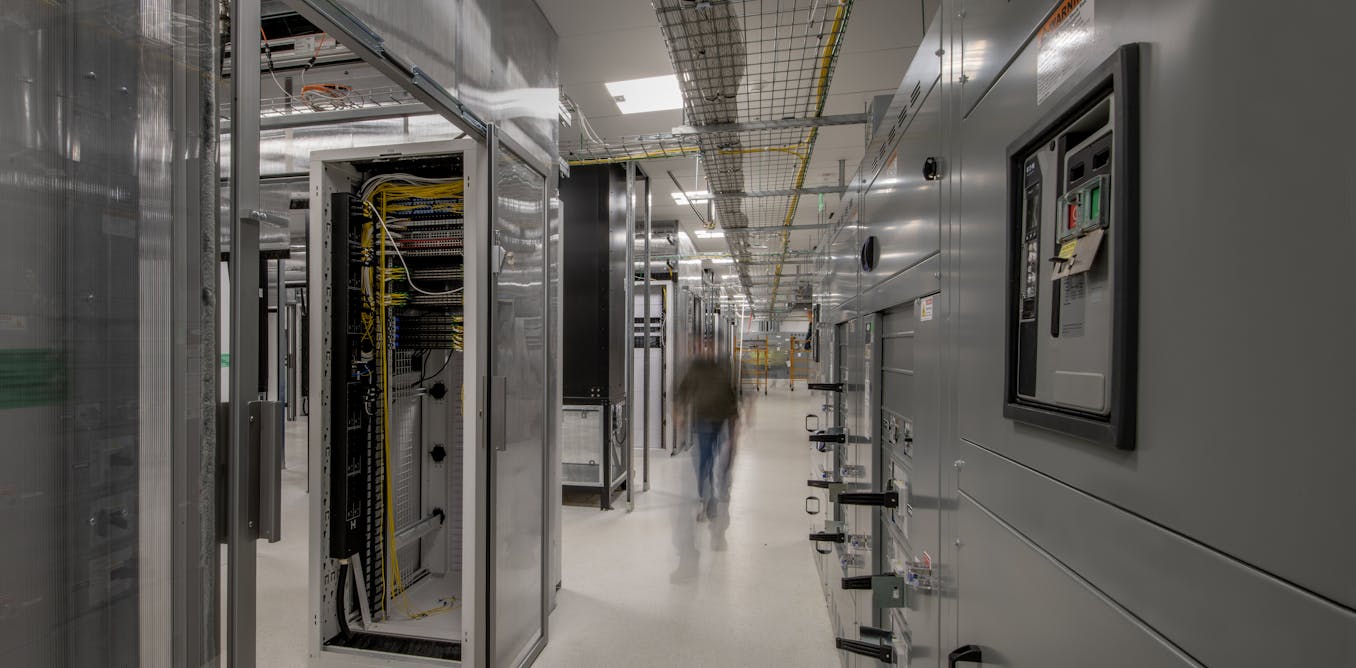





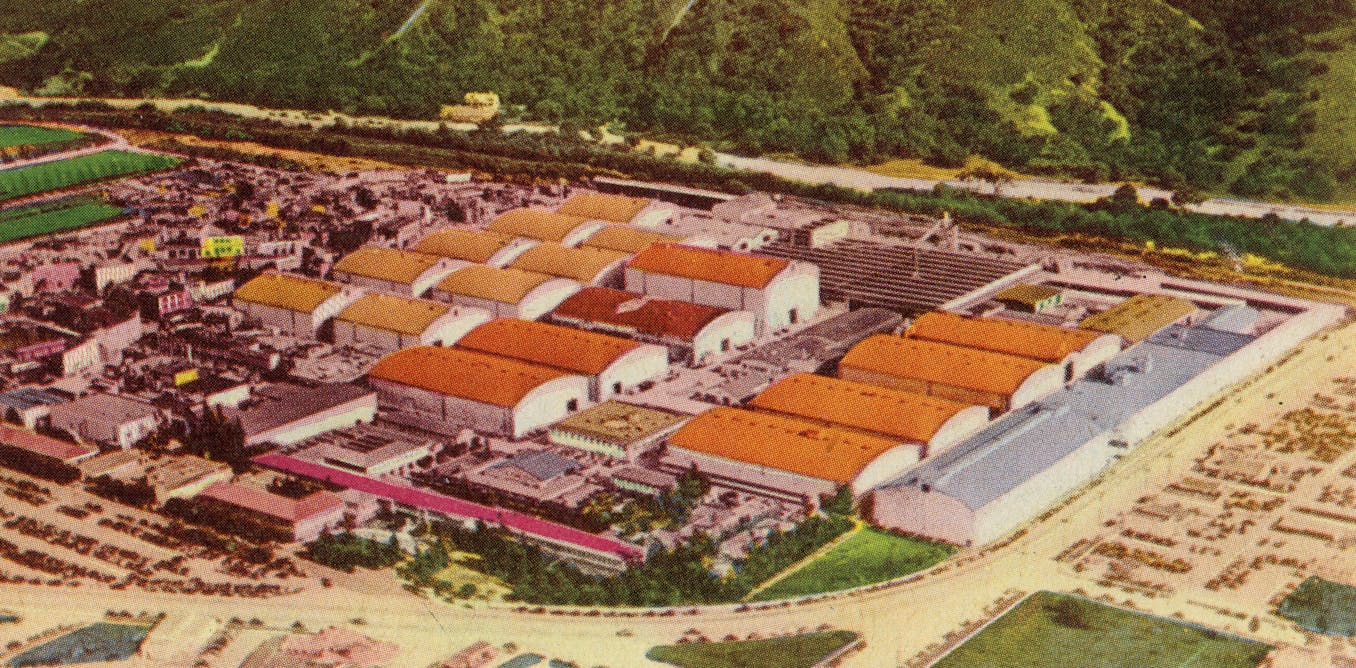















Leave a Reply